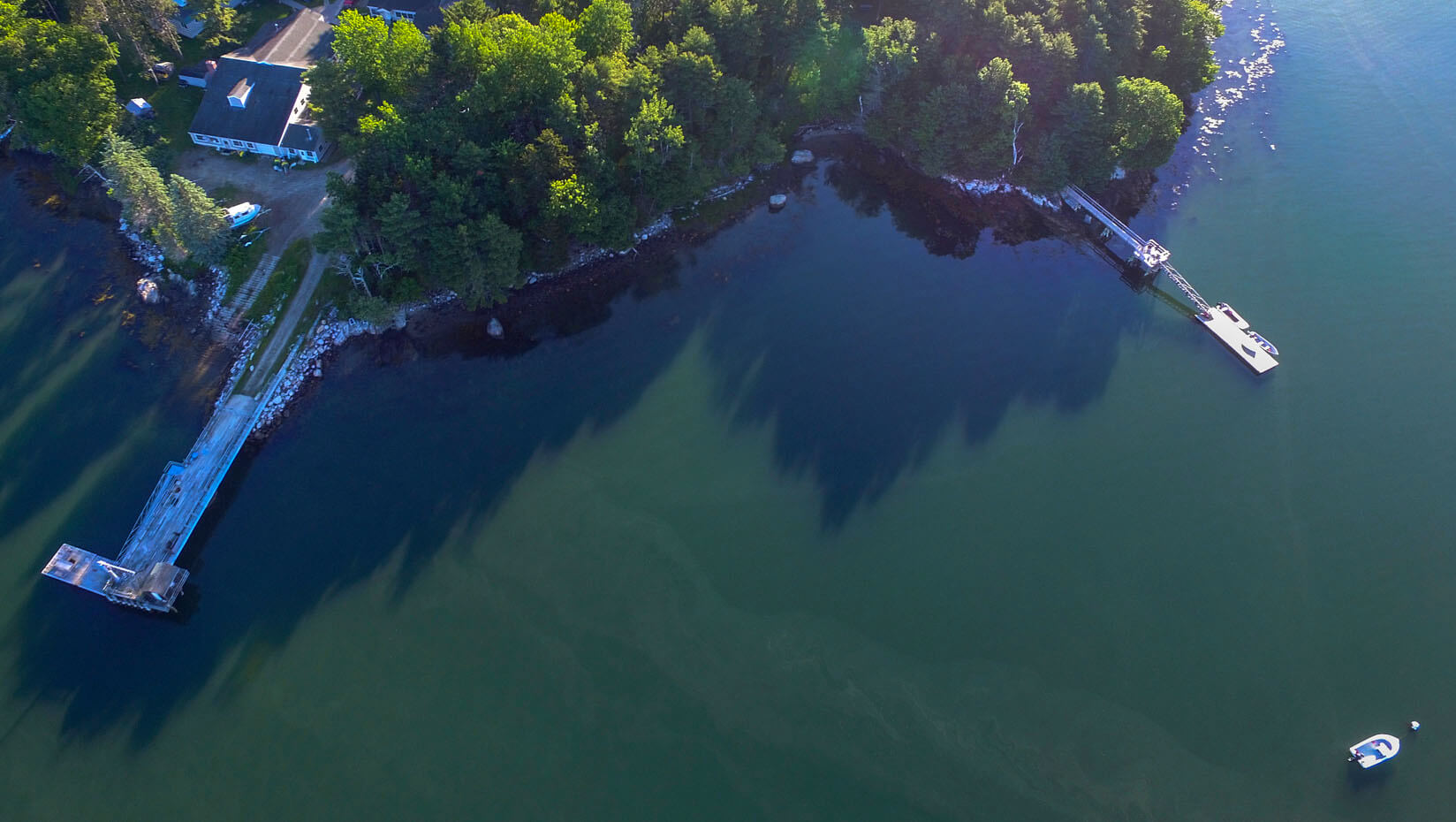
Darling Marine Center interns: Summer science stories
This summer, eight research interns from the University of Maine, Bates College and Brandeis University collaborated with UMaine scientists based at the Darling Marine Center. Some worked remotely, while other students were out in the field and on UMaine research vessels, collecting data on our changing ocean as part of their capstone and thesis projects.
In addition, more than 20 graduate students affiliated with the Darling Marine Center continued with their educational and research activities in summer 2020, in the midst of the pandemic.
The undergraduate interns captured their summer 2020 science stories as personal essays. Several are featured here.
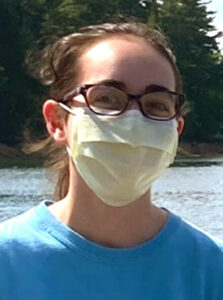
Jocelyn Cooper of Boxford, Massachusetts, junior majoring in marine sciences with a concentration in marine biology, UMaine
Research team led by Jeffrey Runge, research professor of oceanography
My internship experience at the University of Maine Darling Marine Center was a unique opportunity to experience science during a worldwide pandemic. It shaped me, both personally and professionally.
During the month I spent at the DMC this summer, I had a chance to interact with students and scientists from the UMaine School of Marine Sciences, as well as researchers from a number of other scientific organizations.
I worked closely with Professor Runge, who has a zooplankton ecology-focused research program at the DMC. Earlier this year, Professor Runge moved his lab from the Gulf of Maine Research Institute in Portland to UMaine’s Darling Marine Center. Significant amounts of important lab and scientific equipment needed to be unpacked, sorted and organized — we managed to do this in just a few weeks.
Another aspect of the internship that I enjoyed was collecting and analyzing live zooplankton. I observed live copepods (Calanus finmarchicus) under the microscope, after collecting them on the DMC’s 42-foot research vessel, the Ira C, in the Gulf of Maine. It was interesting to experience the process of sampling, counting, measuring and analyzing the data about this species, and experience what zooplankton researchers do everyday.
I have grown as a marine scientist through these activities. I also have gained an appreciation of the importance of having an organized and efficient lab space in order to engage in successful research.
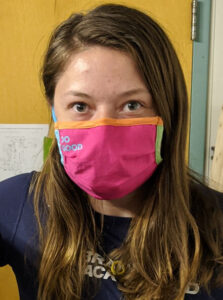
Lydia Harris of Damariscotta, Maine, senior majoring in biology and environmental studies, Brandeis University
Research team led by Robert Steneck, professor of marine sciences
One day this summer, I saw a lobster do a handstand. The poor creature was trying its best to climb up the wall and get out of the flowing seawater tank, but it was a remarkable sight, nevertheless. Because of safety precautions and changed schedules related to COVID-19, this summer internship may not have been as action-packed as originally planned, but, then again, how many people have seen a lobster do a handstand? I’m willing to bet not many, and so I count myself as one of the lucky ones.
I worked with Dr. Bob Steneck, professor in UMaine’s School of Marine Sciences, and graduate student Robert Jarrett, helping conduct research on lobster behavior and the effects of changing oxygen levels. Most of our time was spent setting up and conducting a laboratory experiment to test whether lobsters prefer to shelter in high or low-oxygen environments. We also measured oxygen levels in the field, and surveyed lobsters and habitat types with a remotely operated vehicle, or ROV. I grew up near the Darling Marine Center, and visited the lab on school field trips. So it was especially cool for me to be able to participate in real research on the campus, as a young marine science professional. As we all know, this year has thrown everything into turmoil, so I feel very lucky to have had this summer experience, even if it was not quite as originally planned.
I learned a lot and gained a new appreciation for what “doing science” really entails. I’ve learned so much about lobsters and the ecology of the Gulf of Maine just by listening to Bob ramble (his rambles are easier to follow and more informative than many lectures I’ve sat through). I also had to bring my problem-solving skills to a new level as we designed, built, repaired, rebuilt, configured, reconfigured, redesigned, organized, and analyzed our experimental setup. To be a scientist, you may also need to be a carpenter, plumber, computer programmer, mechanic, lobster-wrangler and, most of all, an out-of-the-box thinker. Knowing how to use Microsoft Excel doesn’t hurt either.
But, most importantly, this summer I learned that science (and life, really) never actually goes according to plan. You can be as focused and organized as possible (and this is very important), but unless you’re also creative and adaptable, you’re not going to get very far. However straightforward the scientific method may seem in class, in practice, it can be quite convoluted. You need to be able to think through new questions and methods when the first set doesn’t work. It’s a never-ending process, but that’s also what makes it fun. There’s always something new to explore.
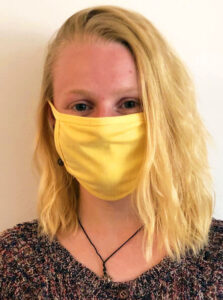
Madeline Williams of Bethel, Maine, sophomore majoring in marine sciences with a concentration in biology, UMaine
Research team led by Heather Leslie, associate professor of marine sciences and director of the Darling Marine Center
When I applied for an internship with the Maine Coast Shellfish Resilience Project led by Professor Heather Leslie, work in the field, laboratory and community was the focus. But because of the pandemic, we have had to adapt.
The goal of the project is to gather and integrate scientific and local knowledge about the health of the Damariscotta and Medomak river estuaries in ways that can help inform municipal shellfish management. Dr. Leslie is working with UMaine School of Marine Sciences graduate students Sarah Risley and Melissa Britsch and town leaders and shellfish harvesters in Damariscotta, Newcastle and Bremen on this project, thanks to funding from the Broad Reach Fund.
For my internship, I prepared participatory mapping study materials for the fishermen, boaters, municipal leaders and other community experts with whom the team is working. Participatory mapping is the practice of using maps as a tool that participants can engage with to provide information on a topic. For our study, participants are using maps and stickers to indicate areas of the Damariscotta and Medomak rivers with different shellfish abundances and marine-dependent activities. This will enable us to learn more about how estuary resources are used and how they have changed through time.
My curiosity about coastal systems grew over the eight weeks I worked on the project. As part of my internship, I immersed myself in scientific literature associated with the project. I also had a chance to interview a number of people involved with the project. These conversations and readings strongly shaped how I see the research process and understand the questions we are asking about these estuaries, and the people and ecosystems that are part of them.
Our approach requires integrating data gathered from diverse sources: local experts, fisheries license and permit records, and oceanography and ecological studies of the estuaries. It also requires using methods from different disciplines. This intersection of information and methods intrigues me, and is a thread I hope to follow throughout my career.
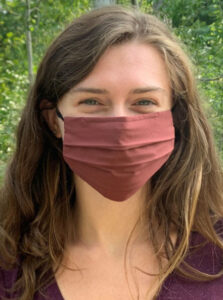
Sydney Avena of East Lyme, Connecticut, senior majoring in marine science with a concentration in marine biology, UMaine
Research team led by Chris Davis, executive director and adjunct assistant professor of marine sciences, and Anne Langston-Noll, project manager, Maine Aquaculture Innovation Center
This summer I worked remotely as an intern for the Maine Aquaculture Innovation Center (MAIC) on a project funded by the World Wildlife Fund on the social license to operate for aquaculture in coastal waters.
Social license describes the relationship between an industry and the broader community, or a network of stakeholders. This is an ongoing relationship that is built on trust, communication, and transparency of information and decision-making. Social license is important in coastal marine aquaculture because farms can be located where there may be a variety of uses for the coastline, such as recreational, navigational, and historical and cultural. Therefore, a positive relationship between aquaculture farmers and their communities is necessary for the success and continued development of aquaculture farms.
I researched case studies that demonstrate good practices related to social license, as well as cases where farmers did not have success working with communities. I researched these case studies through media searches and lease decision documents to understand the perspectives of the aquaculture farmers and members of the community such as shoreline landowners and conservation organizations.
This fall, I am continuing my work, researching case studies and setting up interviews with key stakeholders.
Through this internship, I was introduced to many different people who are working to expand and improve aquaculture. Our team held a knowledge exchange meeting in July that brought together leaders in aquaculture and social license research from around the U.S. and Scotland. I have also learned about the social, economic and environmental issues that need to be evaluated to choose appropriate sites for aquaculture.
This internship has introduced me to the challenges and opportunities of coastal marine aquaculture. I am excited to continue this project and to work in this field in the future.
Contact: Matthew Norwood, matthew.norwood@maine
